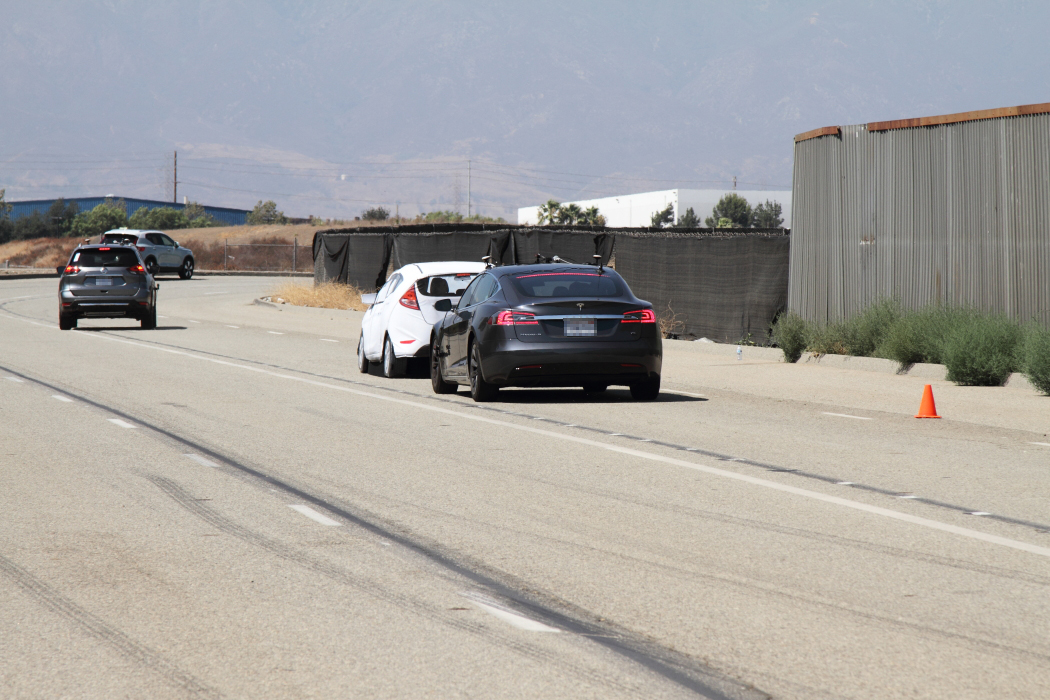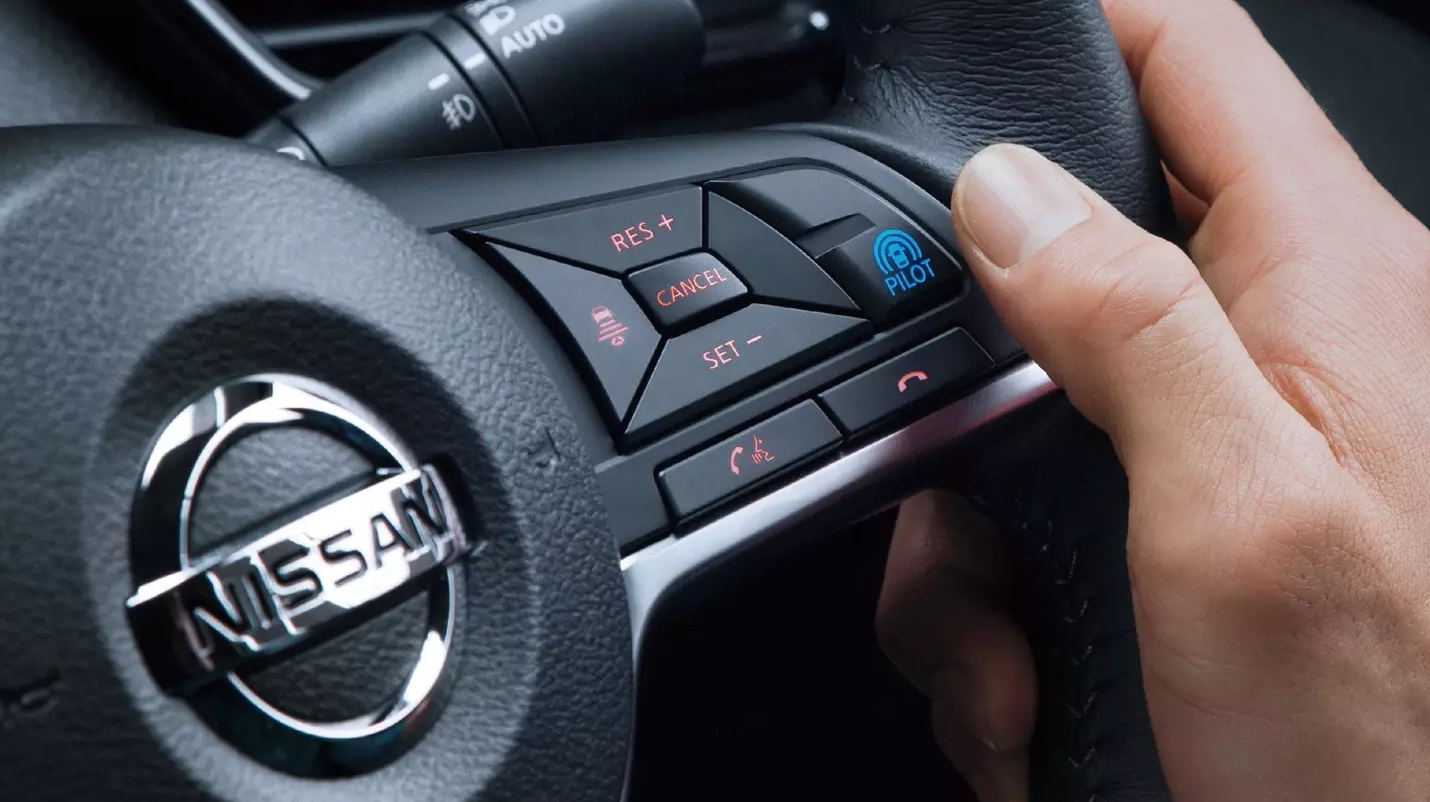A hot potato: Driver-assist features can be a helpful asset but as some consumers have yet to learn, they aren't designed to pilot a car by themselves. That's coming, eventually, but today's implementations simply aren't that advanced yet. The question is, should manufacturers be doing a better job of informing customers about the limitations of their systems?
A recent survey from the American Automobile Association, or AAA, found that 40 percent of Americans expect driver-assist systems like Tesla's Autopilot, Volvo's Pilot Assist and Nissan's ProPilot to have the ability to drive a vehicle by itself.
That belief was higher among Millennials (59 percent) and Generation X (40 percent) compared to Baby Boomers (27 percent), AAA found.
In hopes of better understanding the capabilities of such systems, AAA tested four vehicles with driver-assist features - the 2018 Mercedes-Benz S-Class, 2018 Nissan Rogue, 2017 Tesla Model S and 2019 Volvo XC40.
A variety of tests were conducted both on public roads and closed-courses. AAA notes that systems generally performed best on open freeways and those with stop and go traffic. Urban driving and freeways with moderate traffic presented more of a challenge for the systems.

In closed-course testing, systems were able to maintain lane position with little to no difficulty when they didn't have a lead vehicle ahead of them. Three out of four vehicles were influenced by a simulated / distracted lead vehicle, AAA found, and three out of four also required driver intervention to deal with a simulated stationary target.
Greg Brannon, AAA's director of Automotive Engineering and Industry Relations, said that with today's exciting advances in vehicle technology, there is a greater need for naming that clearly signals to a driver what the system does.
